BMW F 850 GS + F 750 GS + G 310 GS: Road Trip
In 1980, BMW created the ADV motorcycle segment with the launch of the R 80 GS. And although there are a lot of players in the ADV space today. We head out on a road trip to see the extent to which we could get adventurous on these bikes and uncover the reason why most serious riders prefer the BMWs
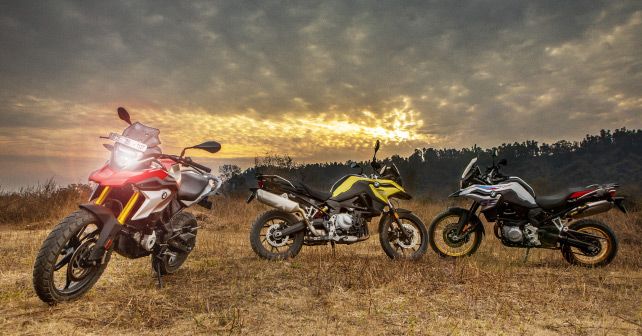
The creator of the ADV motorcycle segment, BMW Motorrad, is still the king of the hill. We ride the three smallest models of the GS family to discover what makes them the best-selling Adventure bikes on the planet.
Although ‘adventure’ has been a part of motorcycling since its inception, the ‘Adventure Bike’ as we know it today is a fairly modern concept. Many active bikers today were around when the first branded adventure bike hit the market. In 1980, BMW created the ADV motorcycle segment with the launch of the R 80 GS. GS initially stood for Terrain and Street, when translated from German to English.
ADV motorcycles are essentially hybrids of two or more styles. In fact, the segment was created by blending two different concepts – that of a dirt bike and a road bike. Without a doubt, BMW Motorrad has become the master of this segment, as they continue to sell the greatest number of ADV motorcycles across the globe. We decided to get our hands on some of the smaller bikes from the GS family that were launched in India last year – the F 750 GS, F 850 GS and the baby GS, the G 310 GS. The idea was to see the extent to which we could get adventurous on these bikes and uncover the reason why most serious riders prefer the BMWs – so naturally we subjected them to some pretty rough riding. But did we discover the reason?
The Clever Tourer – F 750 GS
The plan was simple. Head out on an adventure and try to discover some new trails. We wanted to try all sorts of terrain – highways, back-country roads, hill sections, dirt trails and some hardcore off-road sections – so, we decided to head to Dehradun. The areas around the capital of Uttarakhand offered us exactly what we were looking for.
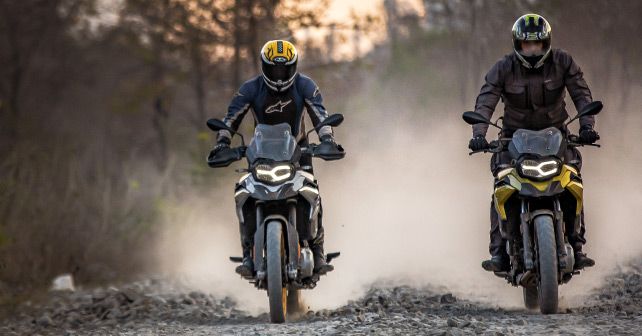
I began the ride from Delhi on the F 750 GS. To put it simply, there’s nothing extraordinary about the 750. The engine, for instance, is an 853cc twin-cylinder unit that pumps out 76.4bhp and 83Nm of torque. It’s mated to a six-speed transmission with a slipper clutch. Even the chassis doesn’t have any special equipment – there’s a conventional front fork and a mono-shock at the back, which is adjustable. The tyres aren’t really off-road oriented and the 19-inch front and 17-inch rear tyre come with alloy wheels. Everything about the bike is pretty standard for a machine in this segment, but the end result is greater than the sum of its parts.
On tarmac, the 750 is really impressive. The engine is super refined and offers a very strong surge of power flowing in the low- to mid-range. Actually, the entire rev band oozes with power that’s available at your command. The gearbox is also a gem, with precise and flawless shifts. The slipper clutch works beautifully, and shifting down to lower gears at high revs is silky smooth. The biggest highlight of the bike, though, is its handling. On some twisty sections, I noticed that the balance and poise of this bike was phenomenal. Despite being an ADV, the F 750 GS is simply brilliant around corners. Today the GS name plate stands for Terrain and Sport, and that’s why this bike handles like a supersport. The damping is perfect, the brakes are sharp and you can lean in and out of one corner and into the next with ease. It doesn’t matter what you encounter – quick switchbacks, long flowing corners or long straight highways – the F 750 GS is impressive everywhere.
But, and this is a big but, the 750 is a soft off-roader. You can easily tackle bad roads and do some light trail riding, but the suspension, even in Enduro mode, isn’t as reassuring as it should be on the rough stuff. The sizes of the tyres are suited for tarmac, and there’s no underbody protection. If you don’t plan to do any challenging off-roading, then the 750 is a great bike, and it certainly will accompany you on your adventures – as long as you don’t venture too far off the beaten path.
Do it all – F 850 GS
As I positioned myself astride the 850, I could immediately feel the difference in power and overall performance. In fact, after a few hours of riding the new BMW F 850 GS, I immediately realised that it’s a special machine.
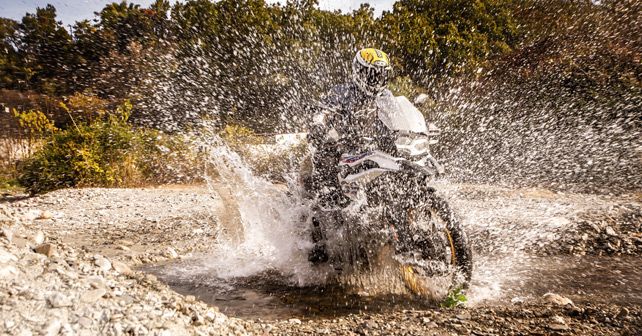
While the 750 surely amazed us on the tarmac, the F 850 simply blew us away. Even the Triumph Tiger 800 doesn’t behave as well as the F 850 GS on the tarmac.
On the twisty sections, in the foothills of the Himalayas, the bike performed with the grace of a ballerina. Thanks to a stiffer monocoque bridge-design frame, calmer steering geometry and a redesigned 15-litre fuel tank that nestles between your thighs to optimise the centre of gravity, its poise and composure on the road is impeccable. While it’s incredibly fun on tarmac, the good times don’t come to an abrupt end when you decide to head off-road. While you need to be a bit more careful on the 750, the 850 makes you feel as if the bike belongs on rough trails. It has Enduro Pro mode, and an easily adjustable suspension. The dual-purpose tyres – on a 21-inch front and 17-inch rear wheel – make it perfect for dirt trails and some slightly rough sections, like the dry river beds we were exploring.
You can ride the 850 GS all-day long without feeling any discomfort. It’s got a comfortable saddle, plenty of legroom, natural bar position, aerodynamic bodywork and an adequate front screen. Despite its large frame, trail-busting suspension travel and massive front wheel, the 850 is still an accessible machine. The seat isn’t very high, and the bike’s riding position is natural. The throttle response is smooth, and the easy character of the engine makes it easier to manage on all surfaces as compared to bigger ADVs.
The bike’s power is rated at 94bhp, which means that it’s possible for the engine to reach its full potential. The engine is smooth and refined, and the overall quality is the best in its class. BMW has done something unprecedented in making the F 850 GS the most versatile motorcycle available today. The 850 is one of the best motorcycles available in India – which is also why we crowned it the ‘Best of 2018’ in our mega track test late last year.
The Baby GS – G 310 GS
The G 310 GS is the new baby in the family. And while, in terms of design, it does retain a lot of the characteristics of its bigger brothers, it feels like an adopted brother in term of performance. And I’m not exaggerating, because the 310 shares more with the TVS Apache RR310 than it does with any other BMW bike out there – well, and apart from the G 310 R of course. Yes, TVS and BMW are in a partnership and they’ve developed these bikes together. All told, the baby GS doesn’t really feel like a proper GS.
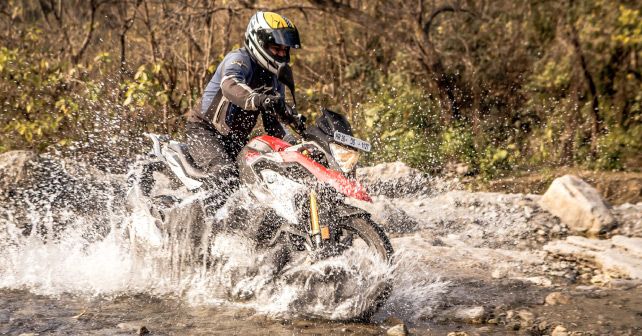
The 313cc single-cylinder motor isn’t overly powerful, however it’s punchy enough to make things interesting when you’re riding around in the city. Power delivery, for the most part, is linear, but the baby GS really comes into its own in the mid-range. The engine does feel composed, even when you’re cruising at 100km/h, but it vibrates a little too much for my liking – which is surprising since refinement is something that you expect from a brand like BMW. In comparison to the TVS Apache RR310, the GS feels a lot less vibey, but an even more refined motor would work wonders – especially during long rides. On the highway, it does the job but it’s just not overly impressive by any means – especially in comparison to its bigger brothers.
Again, you could say that there’s a huge price difference between the 750 and the 310, but then one could argue that the G 310 GS isn’t the most affordable machine out there either. That said, the upright riding posture, high ground clearance and the increased suspension travel do offer you a sense of comfort and practicality – but only when you’re riding in urban areas. It handles pretty nicely around corners too, but the suspension is just too soft. When you decide to take it off-road, you soon realise that the handlebars are positioned rather low and every attempt to stand up ends up being uncomfortable. Around the city, you don’t notice many of these foibles, but a long ride on some pretty serious terrain is sure to throw up any shortcomings – and that’s exactly what it did in this case. It just doesn’t seem to share the lineage that has resulted in many of the best motorbikes on the planet.
On the plus side, it’s a fairly capable machine for rookies – even though it may not be an outright off-roader. Moreover, the lure of the BMW badge is also there, but it’s a tough pill to swallow when you take into account the ex-showroom price of `3.49 lakh.
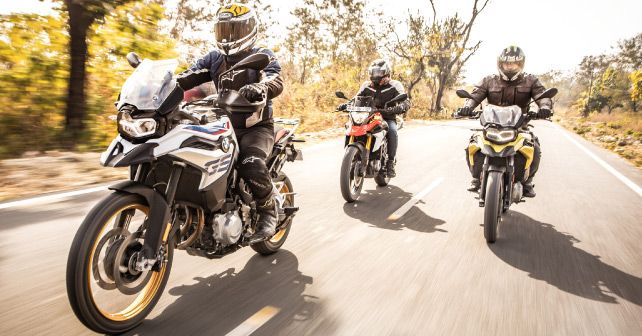
Legacy
After putting these lust worthy bikes to the ultimate test, we came away mighty impressed with the larger duo. Just last month, BMW Motorrad launched the 1250 GS Adventure here in India, and it’s sure to be a real force to reckon with.
The F 750 GS is one of the best adventure sports tourers in its segment. And, the F 850 GS is simply the perfect bike to tour with in India. It combines the comfort of a cruiser, the agility of a supersport and the chassis and suspension setup to take on any terrain with ease. High quality components and the best new-age technology also come as standard.
It’s easy to see why the GS family of motorbikes are the most sought after and in-demand motorcycles on the planet. Their ability to enhance your riding experience is probably one of the main ingredients of the legacy of BMW Motorrad. The GS nameplate is so powerful that even the baby GS has sold in much higher numbers than BMW anticipated both here in India and across the world. In the real world, all the limitations of the baby GS mean nothing, for as long as it carries that BMW badge it’ll continue to attract those riders who cannot afford bigger GS models.
If you can, however, afford to spend `12.95 lakh (ex-showroom) on a motorcycle, the F 850 GS is the perfect bike for India for virtually any purpose! Fortunately, then, this road trip only serves to validate our ‘Best of 2018’ accolade. Now, if someone could just arrange a sizable deposit in my bank account…
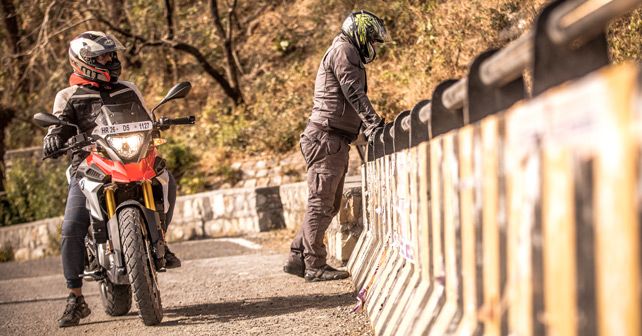
The G 310 GS definitely looks like a BMW ‘GS,’ with its pointy beak and aggressive stance, but once you get down to real off-roading, it doesn’t quite feel as sophisticated as its bigger siblings. It’s mostly a road bike that can also tackle the rough stuff occasionally.
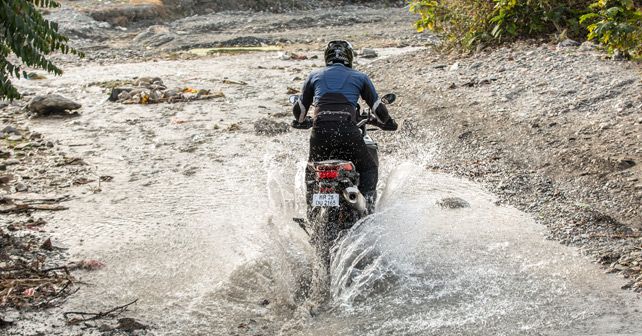
While the F 750 GS & F 850 GS share the same engine and chassis, the difference between the two, especially during off-roading, is as clear as night and day. The 850 is simply superior in every respect. It does everything a bit better.
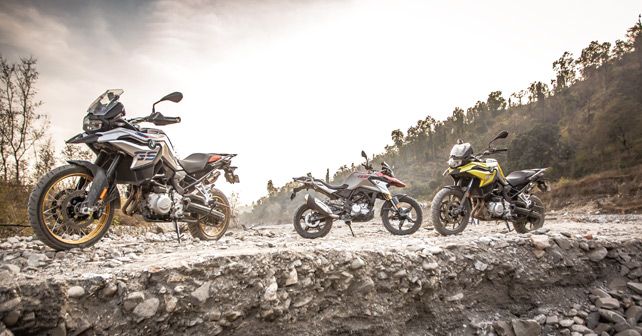
It’s easy to see why the GS family of motorbikes are the most sought after and in-demand motorcycles on the planet. Their ability to enhance your riding experience is probably one of the main ingredients of the legacy of BMW Motorrad.
Read more:
Shivapada Ray, Head, BMW Motorrad, accepts the award for the F 850 GS
Engine: 313cc / Single-Cylinder Water-Cooled
Transmission: 6-Speed
Power: 34bhp @ 9,500rpm
Torque: 28Nm @ 7,500rpm
Price: ₹3.49 lakh (Ex-showroom)
X-factor: Tall, imposing and gets a BMW badge.
| Pros • Great in the city • High quality levels | Cons • Expensive • Too soft off-road |

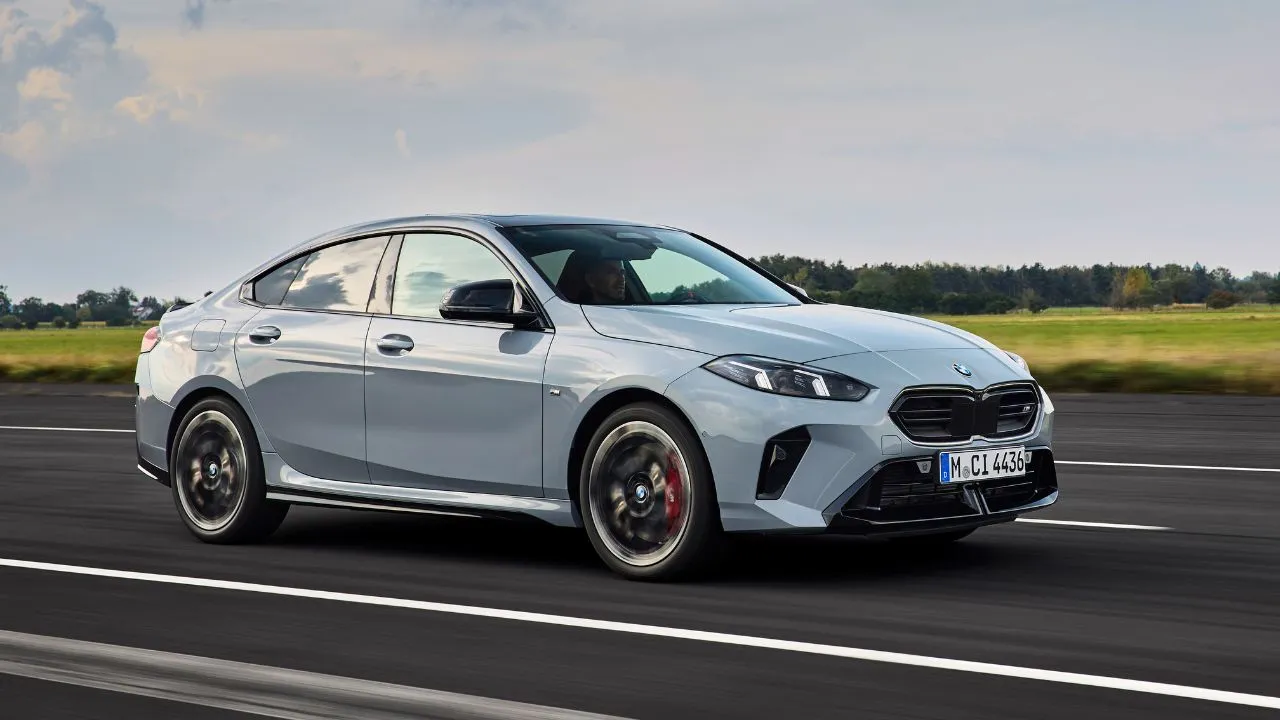

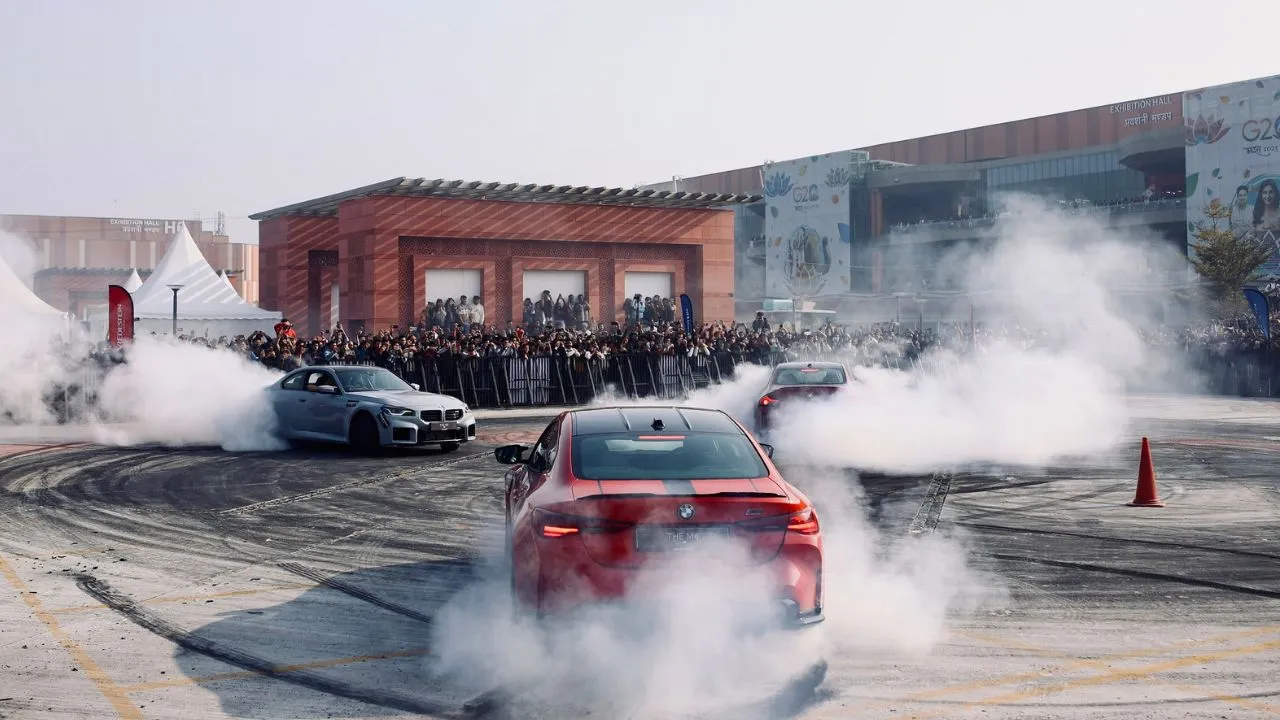
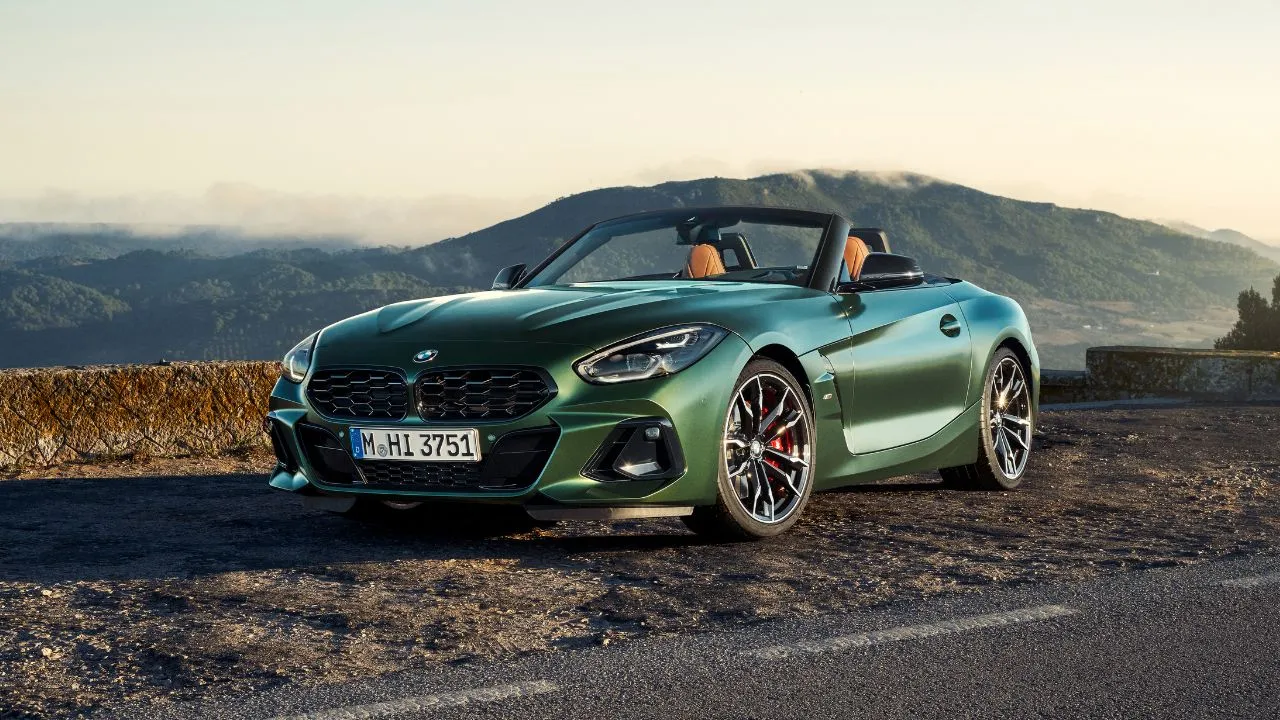






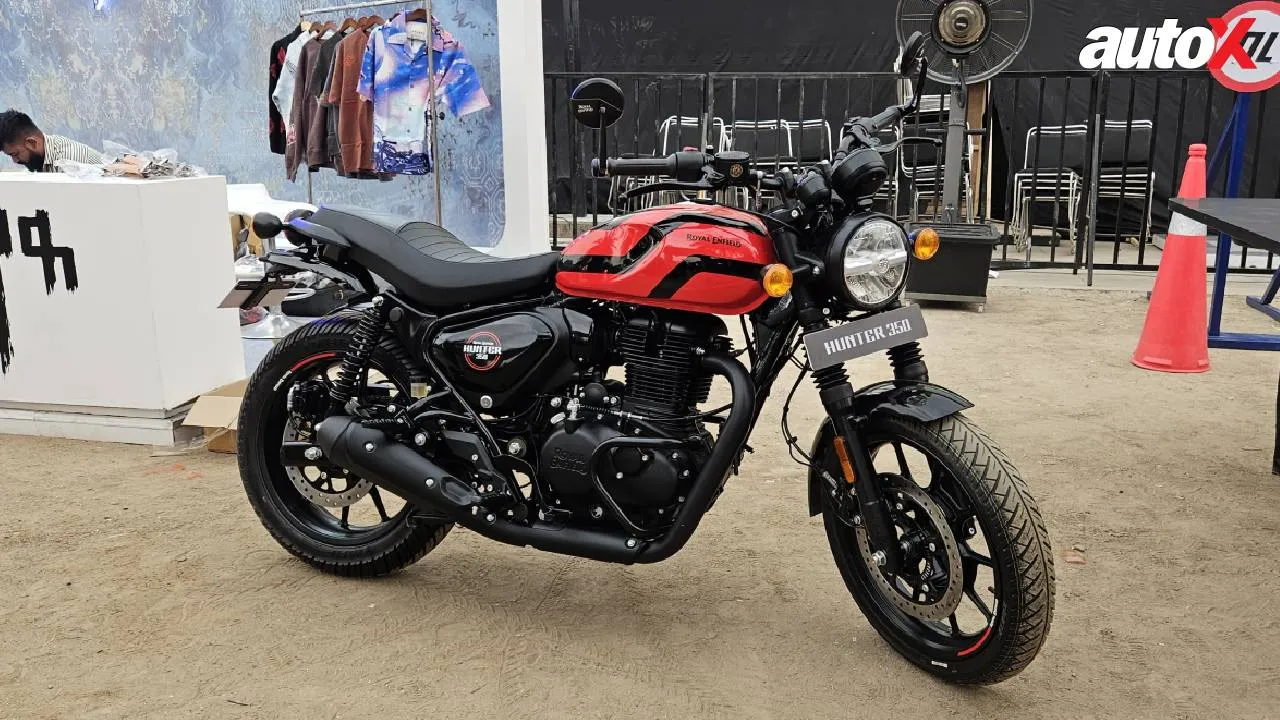
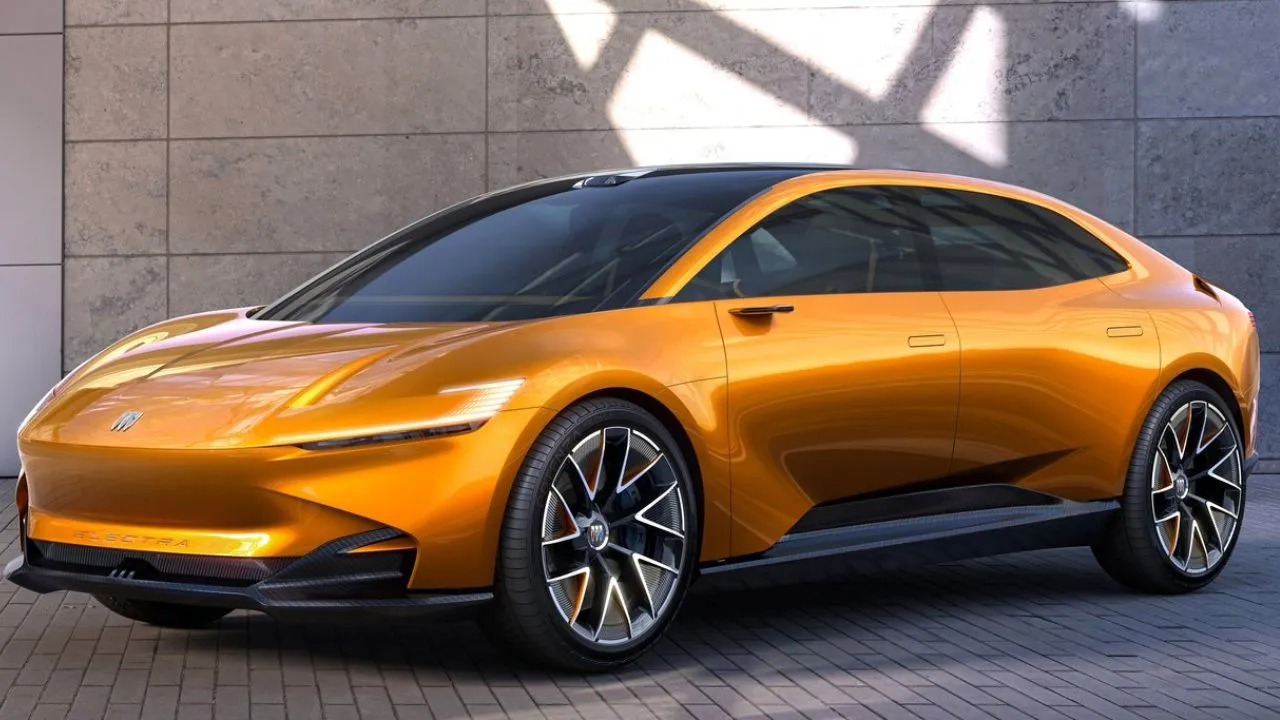
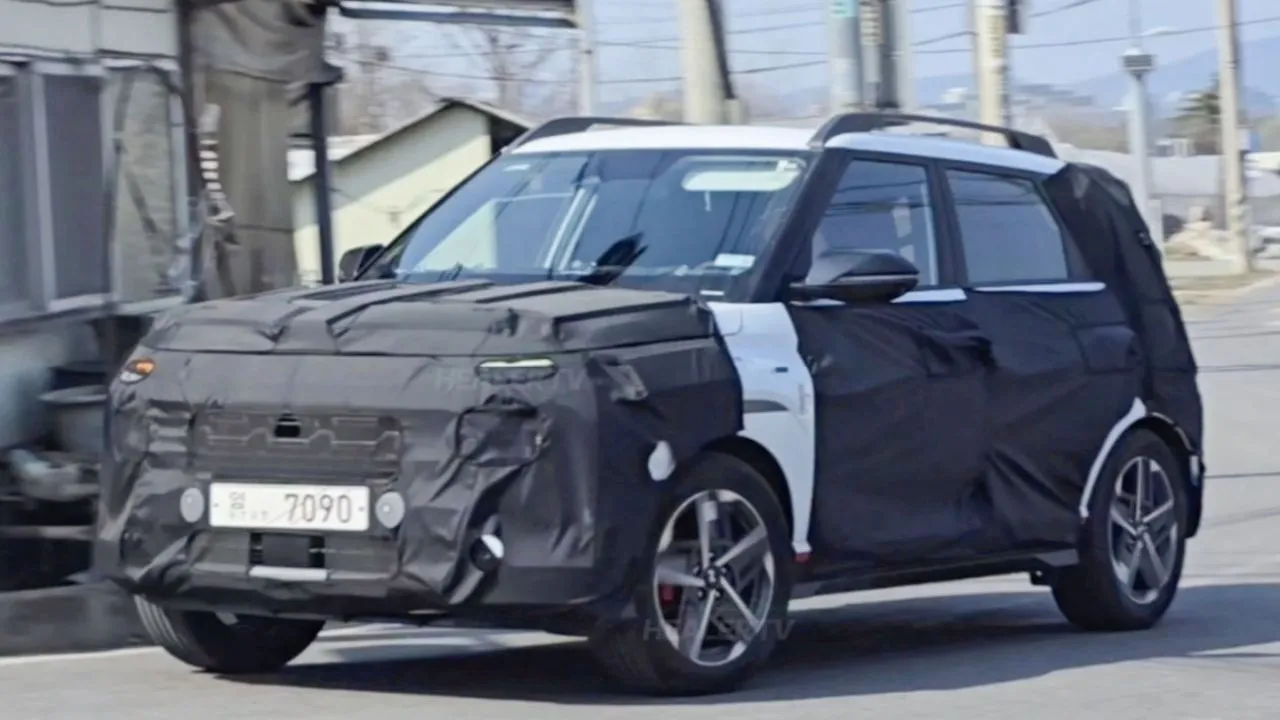
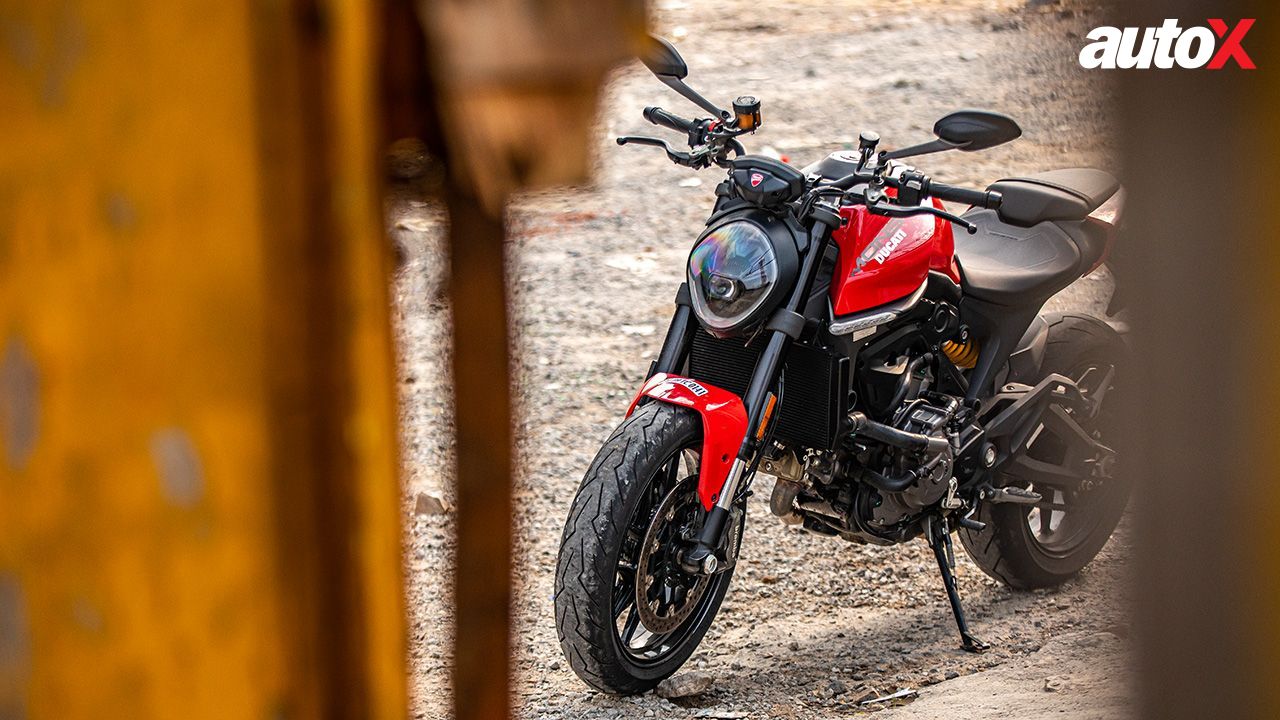
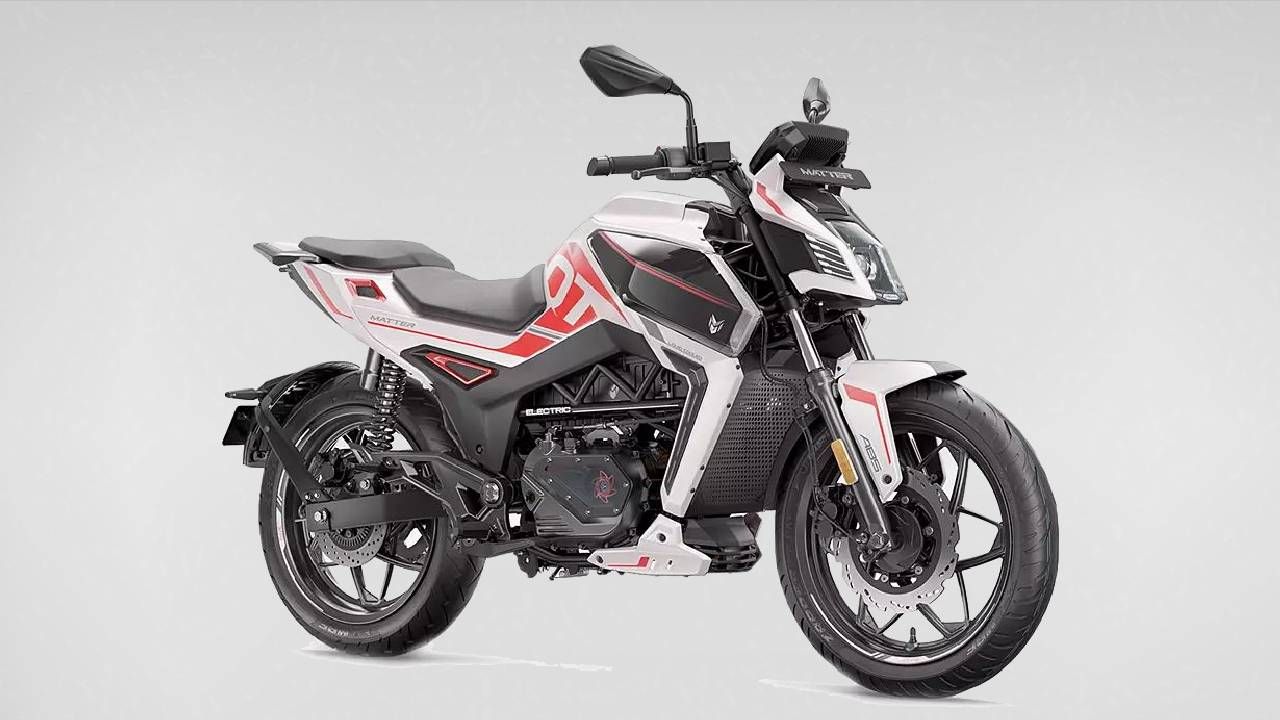





Write your Comment on